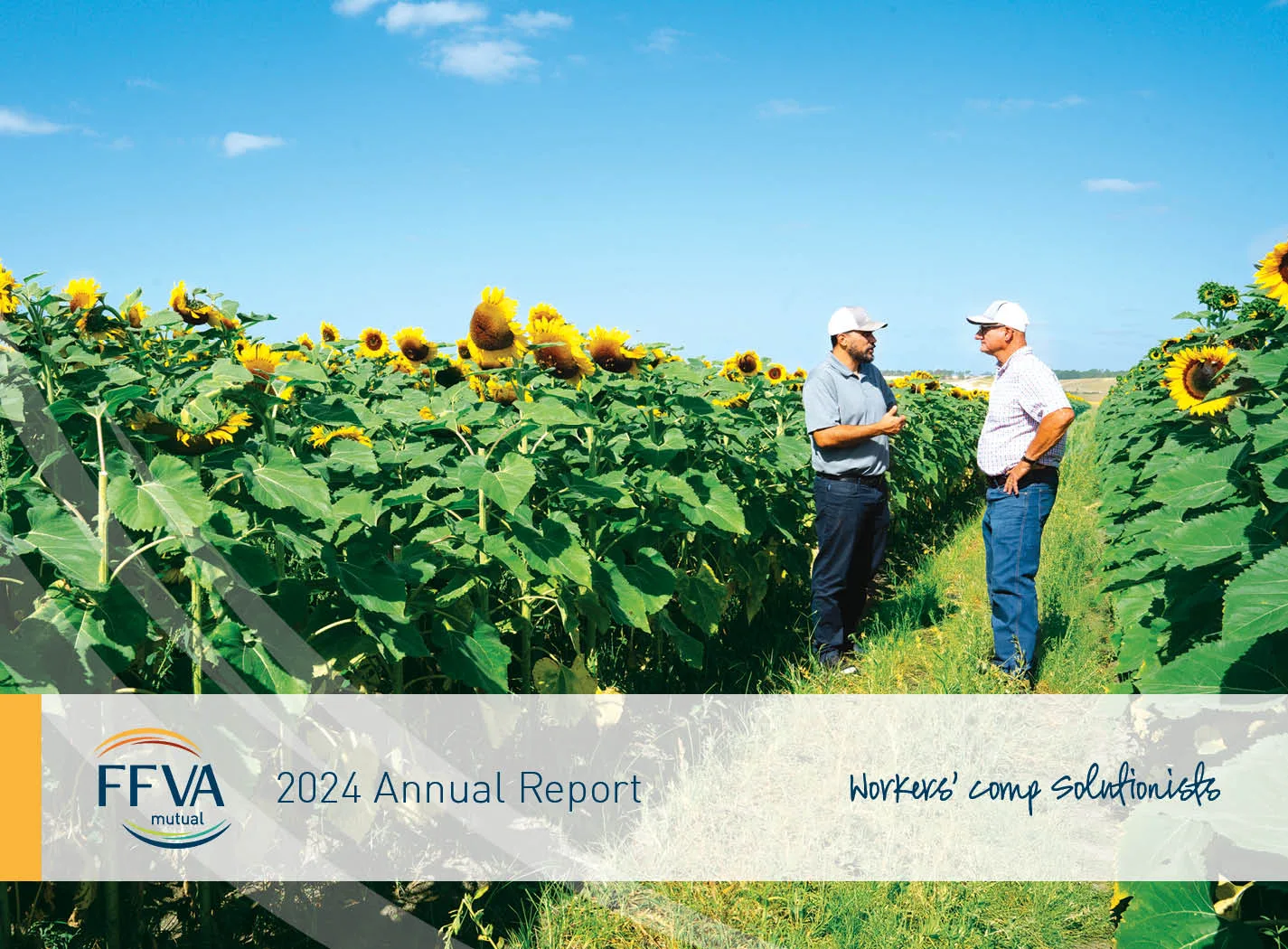What Is the RICE Method?
Have you ever had a sprained ankle or sports injury? If so, you’ve likely heard somebody say to use the RICE method for treatment.
RICE therapy is a widely recommended first aid course, often used for acute soft tissue injuries. This simple acronym has been used for decades to help facilitate the healing process, aiming to minimize swelling and inflammation, alleviate pain and allow the injured area to rest.
In the workplace, RICE therapy can be a beneficial first step to avoid further strain and promote healing. Here’s how it works:
Rest
The first step after an incident occurs is to rest the affected area or injured limb. That means stopping all activities that could exacerbate the tissue damage — even if it’s just a minor injury. Resting allows the injured body part to begin the recovery process by keeping it still and stress-free. Depending on the placement and extent of the damage, the employee may need to avoid putting weight on the area or using the muscle for a day or two.
Ice
Next, help the employee apply ice to the damaged tissue. This step acts as a natural anti-inflammatory, reducing the blood flow to the injured area, thereby decreasing the swelling, bruising and pain. To avoid frostbite, it’s recommended to wrap the ice pack with some cloth and apply it to the soft tissue injury in 10-20-minute increments every two to three hours for the first couple of days.
Compress
Compression is the third critical component of RICE. Applying gentle pressure to a sprain, strain or injured joint can help reduce inflammation and stabilize the body part. While wrapping an elastic bandage or compression sleeve around the area, it should be snug, but not so tight as to cut off circulation. Employees should also monitor the injury and adjust the tightness as needed for comfort and effectiveness.
Elevate
Finally, employees should elevate the injury above their heart level. The goal is to have gravity help decrease the blood and lymph flow to the affected area, which can reduce internal bleeding and fluid accumulation. Advocates of RICE therapy recommend maintaining this elevated position for as long as possible each day for the first few days following the event.

Does RICE Therapy Really Work?
While RICE is commonplace in everything from first aid courses to sports medicine, it has drawn some skepticism and scrutiny from the medical community. According to research on the effectiveness of RICE therapy in treating acute musculoskeletal injuries, this method might even delay the healing process.
Dr. Gave Mirkin, who coined the RICE acronym, has since revised his position, highlighting that rest and ice might hinder recovery more than it helps. This is because they can prevent the movement of fluid across the lymphatic system, which needs to move to and from the damaged tissue site to heal it properly.
So what’s the alternative?
Try the MEAT Recovery Process
The MEAT method is a relatively new approach to injury recovery. Unlike RICE, which emphasizes rest, MEAT advocates for gentle motion to keep the muscle, and therefore lymphatic fluid, moving. Here’s how:
Movement
Initiating light, controlled movements early in the recovery process can help move fluid to and from the affected area. It also helps the employee maintain flexibility and prevent stiffness in the area. Range-of-motion exercises can offer guided movements that encourage blood flow without exacerbating the injury.
Exercise
Once the employee feels comfortable with gentle movement, carefully reintroducing light exercise can strengthen the injured area and restore function. Specific exercises tailored to the injured body part, and performed under the guidance of a physical therapist, can rebuild strength, promote healing and prevent chronic issues.
Analgesics
In addition to movement and exercise, analgesics can help the employee relieve pain or discomfort, both immediately after the injury, as well as throughout the rehabilitation process. Whether over-the-counter or prescribed, the use of analgesics should be carefully monitored to reduce pain without masking symptoms that could indicate a need for a different treatment strategy.
Treatment
Finally, treatment encompasses a broad spectrum of actions employees can take to address the specific needs of their injury. This might include physical therapy, chiropractic visits or other treatments that promote the healing process.
What Are RICE and MEAT Useful For?
Aside from making a hardy meal, RICE and MEAT are both highly useful for anyone with an acute soft tissue injury. If you’re wondering which to use, think of RICE as your starter plate and MEAT as the full entrée.
Immediately after an employee has an injury, RICE treatment can help them recover from the pain. While rest might not promote healing as well as movement, it can be difficult to walk around on an injured limb for the first day or two — especially if it’s a sprain or strain.
On the other hand, the MEAT method is excellent to use as the employee starts the recovery process. Moving, exercising and managing the pain help them continue healing, and any additional treatments further enhance their recovery.
When To Seek Medical Treatment or Physical Therapy
While RICE and MEAT can be effective for managing the initial injury and relieving pain, there are circumstances where professional medical treatment or physical therapy becomes essential.
For instance, if an employee experiences severe pain, swelling does not decrease, there’s a noticeable deformity or they’re unable to bear weight on the injured area, they likely need medical attention. Similarly, if symptoms persist or worsen following the injury, it’s best to seek professional advice to prevent long-term damage.
Regardless of the injury’s severity, it’s always crucial to report workplace claims immediately. This allows your workers’ compensation carrier to proceed with timely treatment.
Discover more resources from FFVA Mutual
For more information, watch this Strains & Sprains Injury Prevention webcast hosted by Karen Johnson, our Safety Training & Resource Development Manager, alongside Brian Imler from ClearComp.
Additionally, explore our Strains & Sprains Safety Stand Down for valuable tips and resources. This event assists employers in identifying specific hazards, implementing control measures, and fostering a positive safety culture for employees.
At FFVA Mutual, we understand the importance of comprehensive workplace safety. For more resources on how to manage workplace injuries, check out our collection of safety talks, videos and webcasts.






























